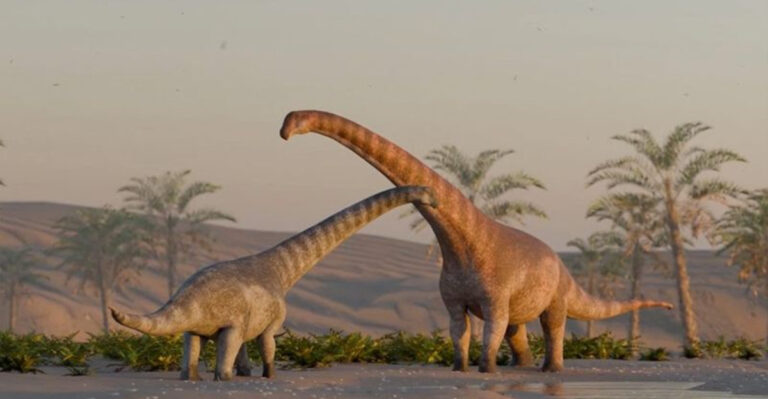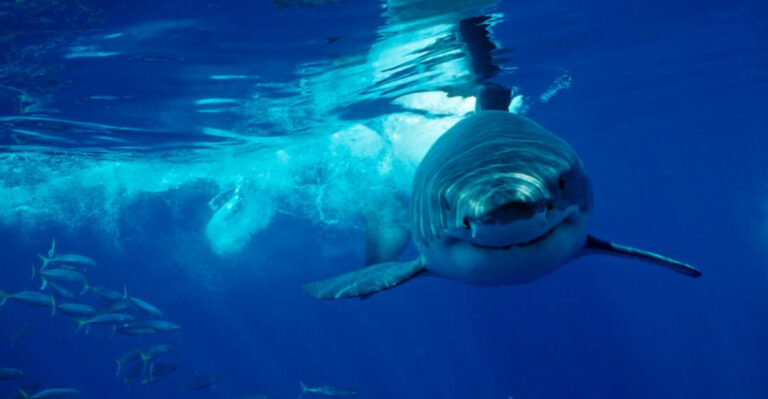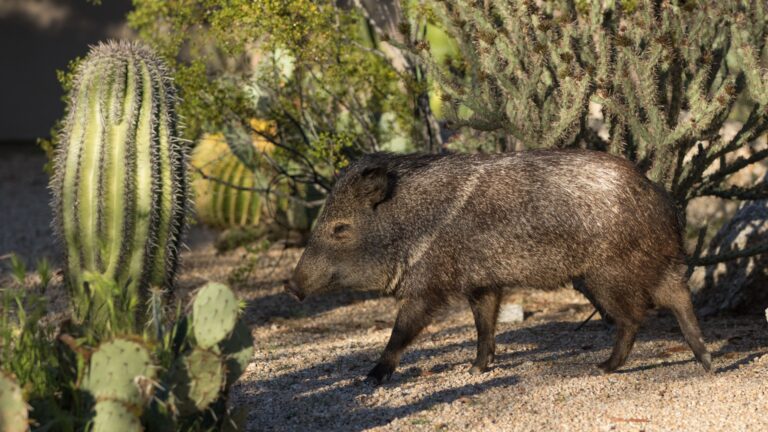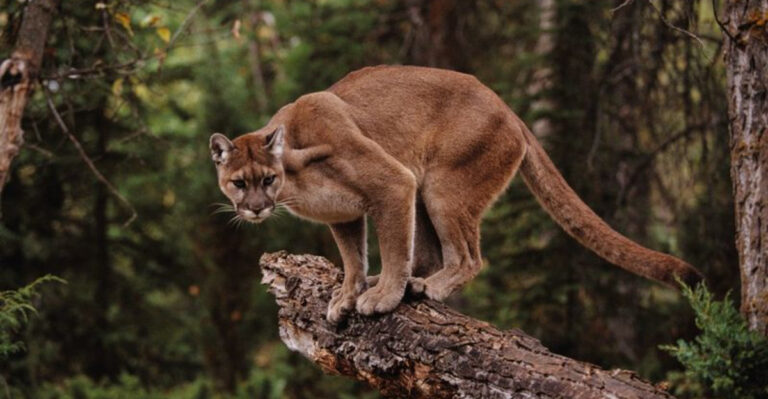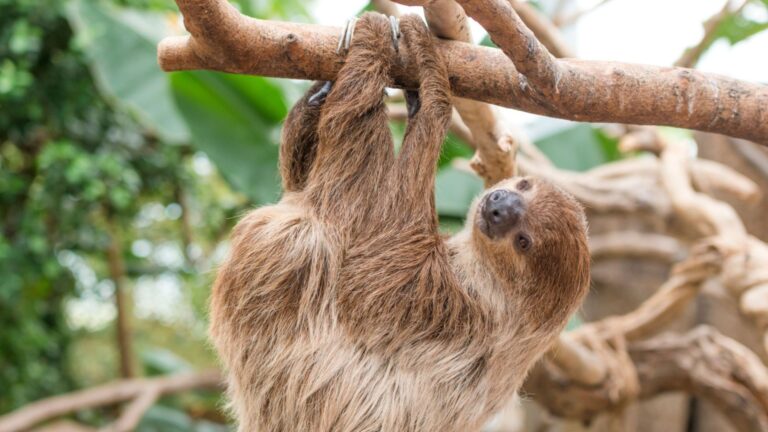Study Suggests Scientists Could Be Wrong About The First-Ever Dinosaurs
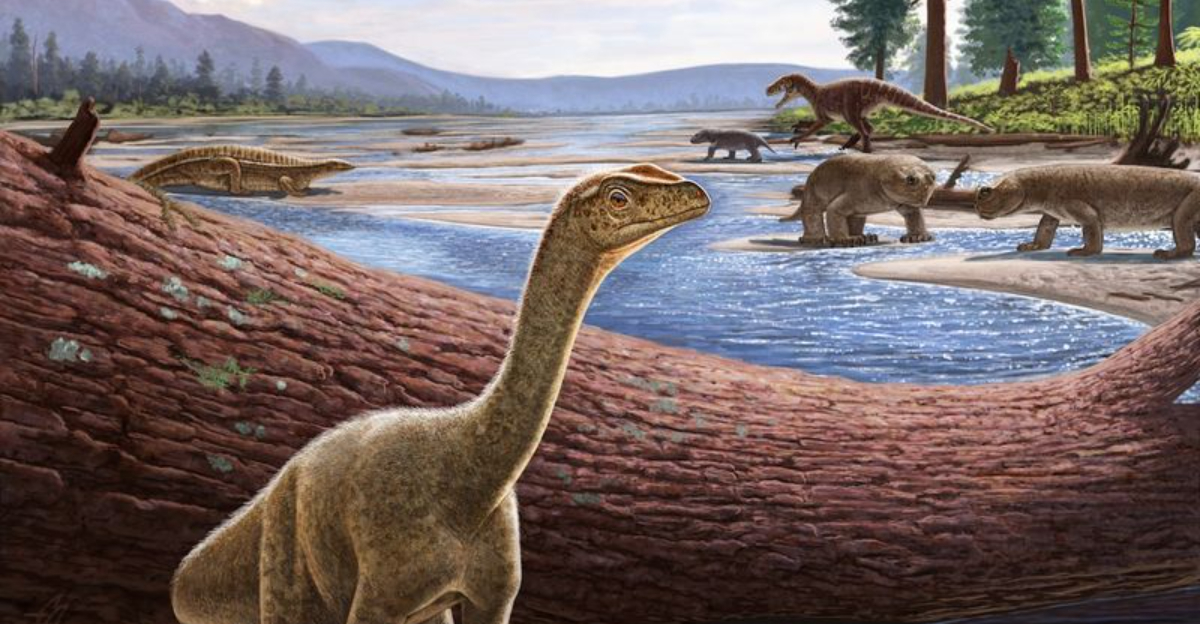
For over a century, paleontologists have pieced together the story of dinosaurs from fossilized remains scattered across our planet. But what if our understanding of the very first dinosaurs is completely wrong?
Recent discoveries, including perfectly preserved 80-million-year-old eggs from China, are challenging long-held beliefs about when, where, and how these magnificent creatures first appeared on Earth.
These groundbreaking findings might rewrite everything we thought we knew about dinosaur origins.
Mysterious Gaps In The Fossil Record

The fossil record has massive holes in it! Scientists estimate we’ve only discovered about 1% of all dinosaur species that ever lived. That means 99% of dinosaur types remain unknown to us. These enormous gaps make it super hard to know which dinosaurs came first.
Imagine trying to read a book with 99 out of 100 pages missing – you’d probably get the story wrong! Every new fossil discovery has the potential to completely change our understanding of dinosaur evolution. What scientists think is the first dinosaur today might be replaced by something else tomorrow.
Dating Methods Might Be Flawed
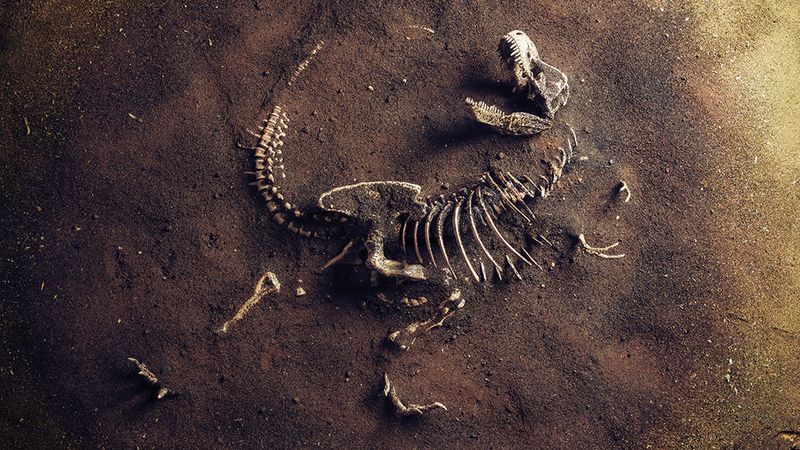
The ways scientists figure out how old fossils are could have serious problems. Most dinosaur bones aren’t directly dateable because the radioactive elements used for dating aren’t present in the bones themselves. Instead, paleontologists date the rock layers around the fossils.
This indirect method leaves room for errors of millions of years! Sometimes, bones can move between rock layers after an animal dies, making age estimates even more confusing.
New dating technologies are constantly being developed, and they occasionally provide ages that contradict previous findings about the first dinosaurs.
Surprising Chinese Discoveries
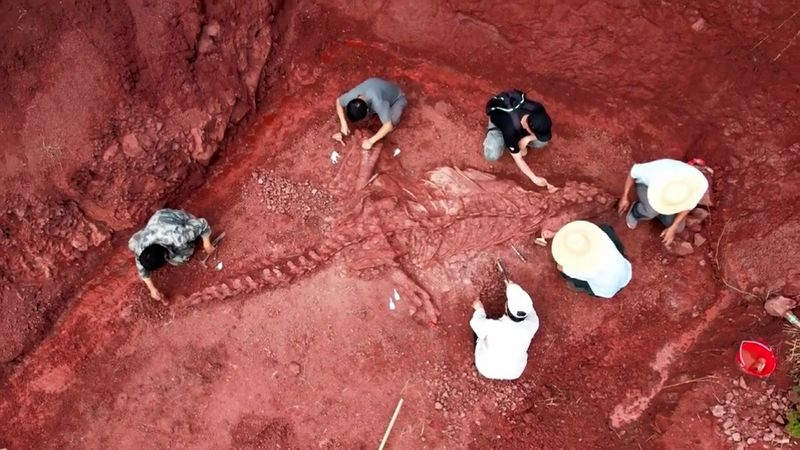
China has become a gold mine for dinosaur discoveries that are shaking up the dinosaur family tree! Paleontologists there recently found fossils with features that don’t match our current understanding of dinosaur evolution.
Some Chinese fossils show bird-like characteristics appearing much earlier than previously thought. Others reveal dinosaur species that seem to combine features from supposedly separate dinosaur lineages. The Lufengosaurus, once considered a primitive dinosaur, shows advanced features that shouldn’t exist in early dinosaurs.
These Chinese discoveries suggest dinosaurs might have evolved in ways completely different from what scientists have been teaching us.
The Silesaurus Problem
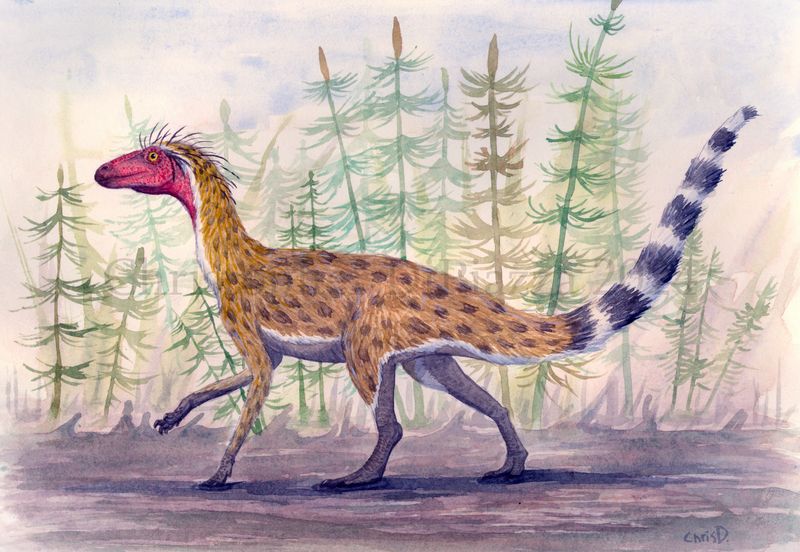
Meet Silesaurus, a creature that’s causing major headaches for dinosaur experts! This chicken-sized animal lived about 230 million years ago and has a weird mix of dinosaur and non-dinosaur features. For years, scientists thought they knew which animals were dinosaurs and which weren’t.
Silesaurus blurs those lines completely! Some paleontologists think it’s a direct dinosaur ancestor, while others believe it represents a separate branch altogether.
If Silesaurus is actually a primitive dinosaur, it would mean many creatures we currently classify as early dinosaurs might need to be reclassified. This single fossil could force scientists to redraw the entire dinosaur family tree!
South America or Africa: The True Birthplace?
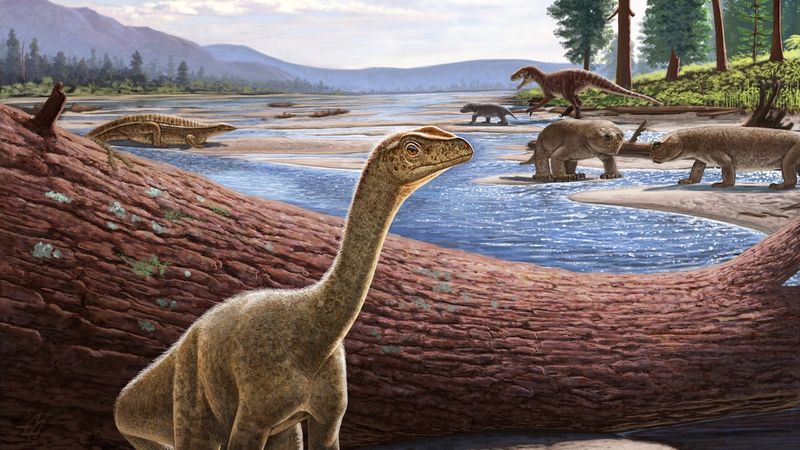
The location where dinosaurs first evolved remains a heated debate. Most textbooks claim dinosaurs originated in South America based on fossils found in Argentina and Brazil, but exciting new evidence points to Africa instead!
When dinosaurs first appeared, Earth’s continents were joined as a supercontinent called Pangaea. This makes pinpointing their exact birthplace tricky since land masses that are separate today were connected then.
Recent discoveries in Tanzania and Madagascar have revealed dinosaur-like creatures that might be older than South American finds. If confirmed, these fossils would completely change our understanding of where dinosaurs first evolved.
Tiny Ancestors That Rewrite History

The first dinosaurs might have been much smaller than we thought! While many people picture dinosaurs as giants, growing evidence suggests the earliest dinosaurs were actually the size of chickens or small dogs.
Nyasasaurus, possibly the oldest known dinosaur at 243 million years old, was only about 10 feet long including its tail. Even more surprising is Kongonaphon, a recently discovered proto-dinosaur that stood just 4 inches tall!
These tiny ancestors challenge our understanding of dinosaur evolution. If the earliest dinosaurs were small, fast creatures rather than medium-sized animals as previously believed, scientists need to completely rethink how dinosaurs rose to dominance.
Feathers From The Beginning?
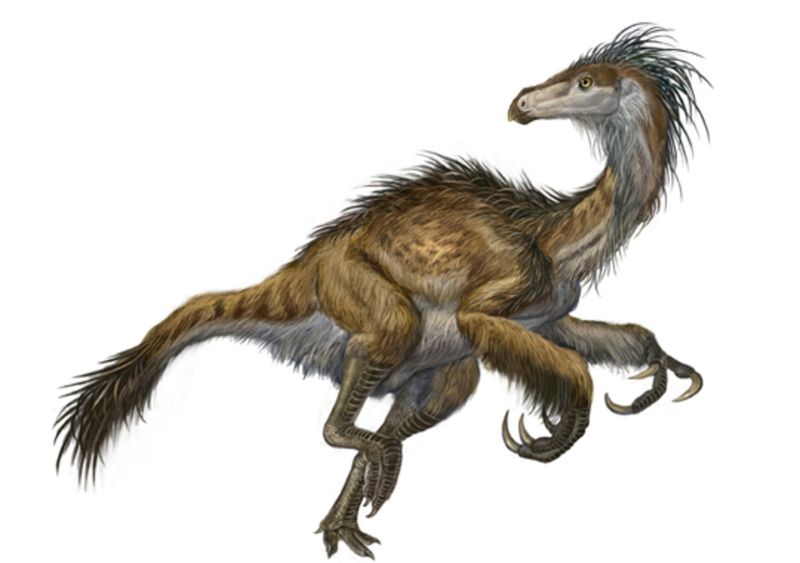
What if the very first dinosaurs had feathers? This mind-blowing idea is gaining support! Scientists used to think feathers evolved much later, only in certain dinosaur groups that eventually led to birds.
New fossil discoveries with exceptional preservation show primitive feather-like structures in dinosaur groups where they weren’t expected. Some paleontologists now argue that the common ancestor of all dinosaurs already had simple feathers or feather-like structures.
If true, this would mean feathers evolved once, at the very beginning of dinosaur evolution, rather than multiple times in different groups. The first dinosaurs might have looked much fluffier than the scaly creatures depicted in most museums!
Reclassification Of Pterosaurs And Their Relatives

Flying reptiles called pterosaurs have always been considered dinosaur cousins, not actual dinosaurs. But what if that classification is wrong? Some scientists are questioning the traditional family boundaries.
Pterosaurs share many specialized features with dinosaurs that were previously overlooked. The discovery of feathered pterosaur relatives has further complicated the picture, suggesting closer relationships than previously thought.
If pterosaurs and certain other reptile groups were reclassified as early offshoots of dinosaurs, it would dramatically expand the dinosaur family tree.
This would mean dinosaurs as a group appeared much earlier than currently believed, completely changing our timeline of when the first true dinosaurs evolved.
Mistaken Identity: The Eoraptor Controversy
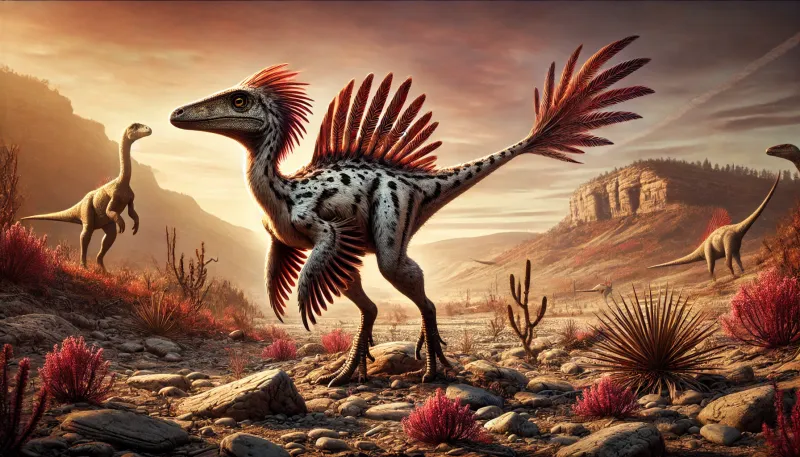
Eoraptor has been hailed as one of the earliest true dinosaurs for decades. This dog-sized creature from Argentina lived about 231 million years ago and has been a cornerstone of dinosaur origin theories.
However, recent analysis suggests Eoraptor might not be a dinosaur at all! Some of its features look more primitive than previously thought, while others seem more advanced.
Scientists are now fiercely debating whether Eoraptor belongs in the dinosaur family tree or represents a close relative that evolved separately.
If Eoraptor gets kicked out of the dinosaur club, dozens of scientific papers would need revision, and our understanding of early dinosaur evolution would need a complete overhaul.
Climate Change And Dinosaur Origins
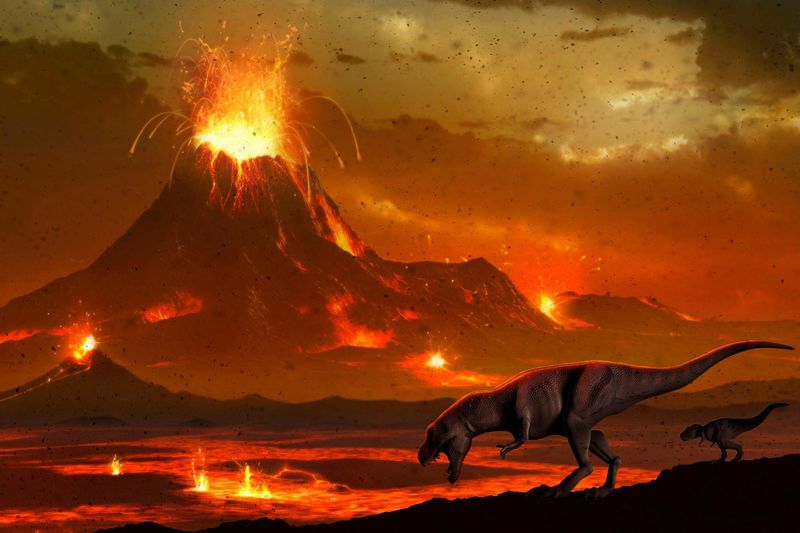
A massive climate disaster might have kickstarted the age of dinosaurs! About 232 million years ago, Earth experienced an event called the Carnian Pluvial Episode – a period of intense volcanic activity and climate change that transformed our planet.
Before this event, dinosaurs were rare creatures competing with many other reptile groups. Afterward, dinosaurs suddenly became much more common and diverse in the fossil record.
Some scientists now believe this climate catastrophe wiped out dinosaur competitors, creating ecological opportunities.
If true, the first true dinosaurs might have evolved in response to this climate event rather than millions of years earlier as currently believed.

